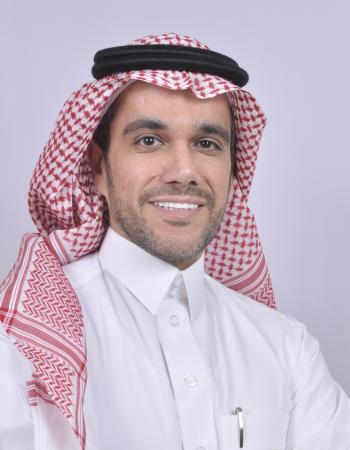? What does it take to be a good engineer
?What does it take to be a good engineer
?and are we ensuring that students get It
—R. Stanley Kistler, Vice President, Research and Software Development **
This article concerns an equally important subject: engineering education. Are our universities teaching the skills that will produce good engineers? And (maybe the more difficult question) are we failing the next generation by focusing on the wrong things?
In most occupations, people are evaluated on what they can accomplish. So what makes a good engineer? Is a good engineer one who can
- design a petroleum refinery?
- develop an entirely new process?
- develop a new correlation that much more accurately predicts condensing heat transfer?
- design the best heat exchanger for a process?
- simplify a process for more efficient plant operation?
- find a way to get 10 or 15 or even 50 percent more product from an operating plant?
- develop a software algorithm that improves calculation accuracy while decreasing the number of calculations required to arrive at the solution?
- find articles on a topic in the literature, go through them, collect all the data they contain, and then come up with a new and accurate approach to calculate heat transfer and/or pressure drop?
- look at an exchanger design and determine if the design is a good one?
Yes, a good engineer can do all of these things. So what capabilities does a good engineer need? A good education is one place to start, but learning how to figure things out involves much more than aceing tests. An engineer needs curiosity, a solid background in multiple aspects of engineering, the ability to solve problems, and years of on-the-job training.
I have worked with a number of good (and some great) engineers over the years. They could look at process specifications and then correctly describe the exact exchanger type, style, baffle spacing, number of tubepasses, and baffle cut needed to maximize performance. I have also seen HTRI engineers, both current and previous colleagues, look at a data set, understand the phenomena behind the numbers, and formulate the correlation necessary to predict the heat exchanger operation.
While these individuals had studied at different universities all around the world, they each learned the most important lesson: how to solve problems and verify the solution they derive.
Lately it seems that some university engineering departments have been moving away from teaching students the “why” and “how” toward a more simplistic “click here.” I say this in part because of some questions we have received from users of our software.
These inquiries reveal that during the course of their university educations, many engineers have not developed the ability to solve problems. If students do not develop this ability, they very quickly can get stuck when software returns a result that they do not understand. And learning on the job should not include learning the second law of thermodynamics.
While understanding how to run a process simulator is necessary for graduates to get jobs in today’s market, their problem-solving skills will help them keep those jobs. And I am not confident that we are teaching the next generation what they need to know.
Alongside the “point-and-click,” we must teach the “why” and the “how.” As practicing engineers, we need to let our alma maters know how they can best help new engineers succeed.
** This article is copied from http://www.htri-net.com

